In a significant leap for medical technology, a new wearable device has been introduced that can detect early signs of various diseases, potentially transforming the landscape of healthcare diagnostics. This breakthrough gadget employs advanced sensors and artificial intelligence to monitor health indicators continuously, offering unprecedented early warning capabilities for conditions ranging from heart disease to diabetes.
Revolutionizing Preventive Medicine
Preventive medicine is poised for a revolution with the advent of this new wearable technology. The device, which can be worn on the wrist or embedded in clothing, utilizes a complex array of biosensors that monitor vital signs such as heart rate, blood pressure, blood sugar levels, and even markers of inflammation. By analyzing these data points continuously, the device can identify subtle changes that may indicate the onset of a health issue long before traditional symptoms would be noticeable to the individual.
The Science Behind the Technology
At the core of this wearable technology is a sophisticated algorithm powered by artificial intelligence. This AI processes the vast amounts of data collected by the sensors, looking for patterns or anomalies that correlate with known disease profiles. When a potential health risk is detected, the device alerts the user and can also communicate directly with healthcare providers, facilitating a swift response that can preempt the progression of the disease.
The sensors themselves are a marvel of engineering, capable of non-invasive monitoring with a high degree of accuracy. Innovations in nanotechnology and materials science have allowed these sensors to be both incredibly sensitive and surprisingly unobtrusive, making the device comfortable for everyday wear.
User Experience and Design
User adoption is critical for the success of any new health technology, and this device has been designed with user experience at the forefront. It boasts an intuitive interface and can connect seamlessly with smartphones and other digital devices for easy management of data. Moreover, the design of the wearable is sleek and discreet, appealing to those who might be hesitant to use a medical device due to stigma or concerns about aesthetics.
Impact on Healthcare Systems
The potential impact of this technology on healthcare systems worldwide is profound. Early detection is key to reducing the severity of many diseases, potentially saving millions of lives and reducing healthcare costs dramatically. For chronic conditions like diabetes or cardiovascular diseases, early intervention can prevent complications and minimize the need for extensive medical intervention.
Challenges and Future Directions
Despite its promise, the introduction of this technology is not without challenges. Privacy concerns are paramount, as the device collects and transmits sensitive health data. Ensuring data security and complying with regulations like HIPAA in the United States will be crucial for widespread adoption.
Another challenge is ensuring the device’s accuracy across a diverse range of individuals and medical conditions. Ongoing clinical trials and research are focused on validating the device’s effectiveness and broadening its capabilities to include more conditions.
Conclusion
The development of a wearable device that can detect early signs of disease represents a significant advancement in medical technology. By empowering individuals to monitor their health proactively and facilitating early intervention, this technology could significantly alter the course of many diseases, enhancing quality of life and reducing healthcare burdens. As research progresses and these devices become more integrated into our healthcare system, they promise to play a crucial role in the future of preventive medicine.




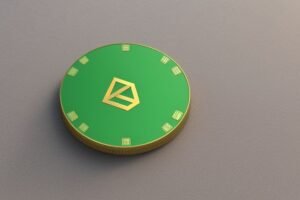




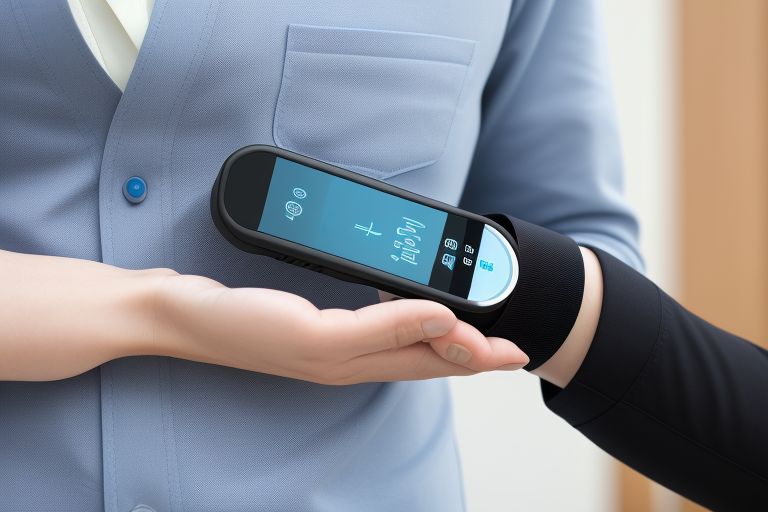





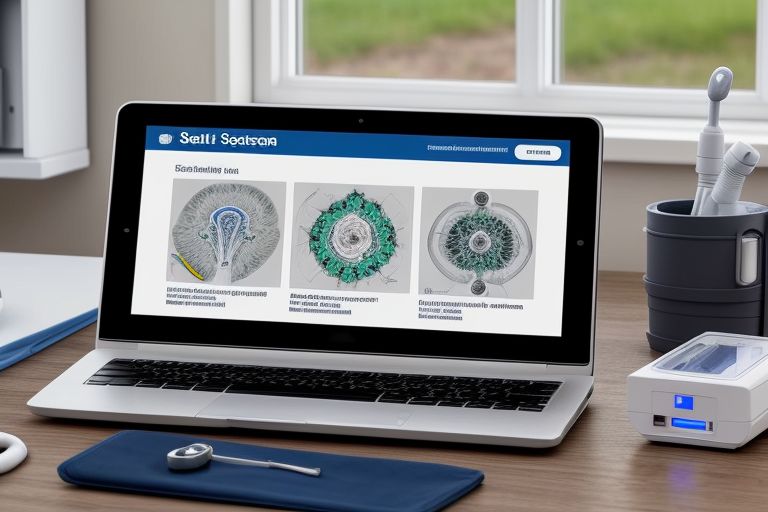
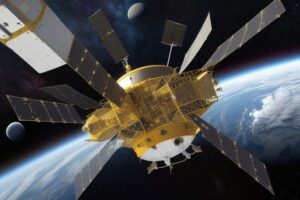


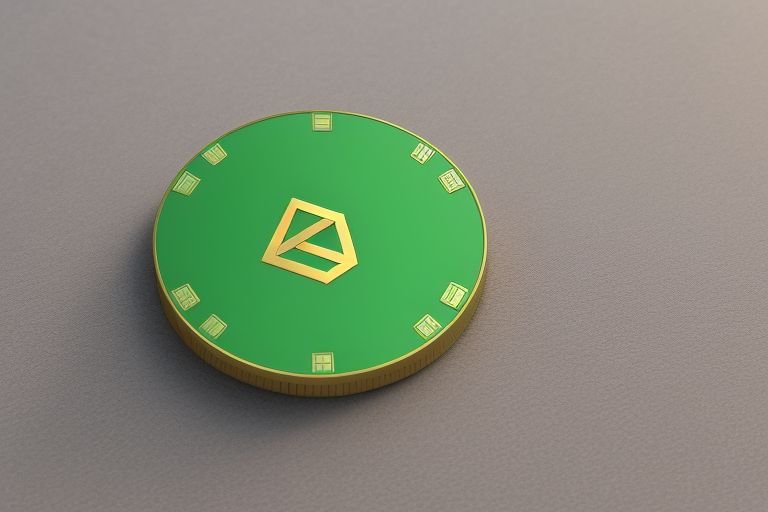



+ There are no comments
Add yours